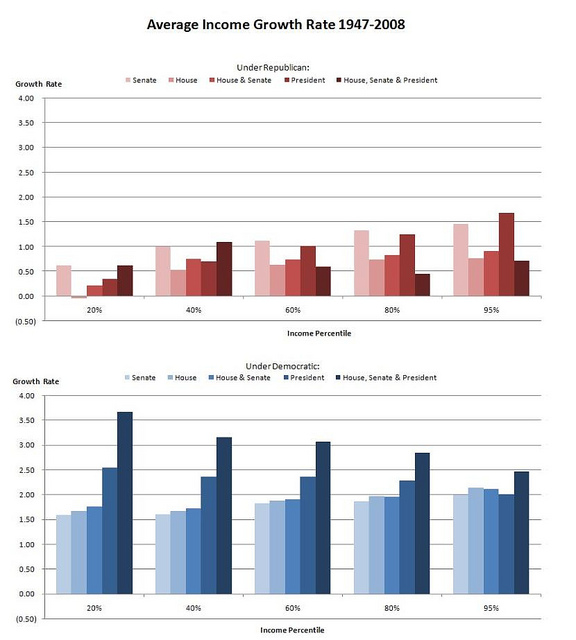Ugh.
I’ve had an icky cold for the past couple of days. I thought I had gone through the worst of it by last Friday, but it came back with a vengeance on Sunday. Or maybe it’s a new cold; I don’t know. So I haven’t been real motivated to put a lot of thought into blogging. I mean really, what’s to tell? On Friday I hacked up a lung, on Saturday I went to Walgreens for more NyQuil. There, that pretty much sums up the last couple of days.
I did get to see some friends at a couple of holiday fundraisers this weekend. The Saturday fundraiser was fun, but by Sunday evening my head felt like a big, empty balloon. I had to preface every conversation with “I’m getting over a cold, don’t get too near to me!”
That’s always a popular phrase at parties.
But they had medicinal whiskey for me, so I made it through. I’m a trooper.
~~~~~
I actually made it to work on Monday, but only for half a day. Between the hacking and the nose-blowing and the resulting disgusted looks from my coworkers, I finally slinked out of the office around 1pm. I went home and slept for a while, and my one big contribution to the human race was taking the trash out later that evening.
~~~~~
To end my fabulous day I discovered that my apartment’s towing company had kidnapped my car from the six-spot parking lot sometime during the evening. Apparently they didn’t see my parking pass AND didn’t recognize my car, so they towed me. I mean, I’ve only been parking there for 5+ years, and to be fair, my car is fairly non-descript:
You wouldn’t remember seeing that bumper every day for however long you’ve been patrolling the lot, right? Criminy, it’s only a six-car lot! It’s not like you have to memorize the Blue Book to remember who parks here!
It was around 9:30pm when I called them to confirm that they had indeed towed my car. I wanted to come in and get it right away, but they made me schedule an after-hours appointment to pick up my car at 11pm. Seriously, doesn’t that sound like “Gee, I’m right in the middle of this basketball game, doll. Can you wait?” I hung out with some nice night-owl friends for a while and then made my way over to the impound lot. The owner was there when I arrived at 10:55pm, and after producing copies of my title, insurance and valid driver’s license, he brought my car around. When I opened my car, my parking pass – which I had placed in the passenger-side dash – was on the floor of the passenger side. I maintain that it slide off during the tow, the driver swore it wasn’t on the dash when he doubleANDtriple checked for it. I ended up paying $275 to get my car back.
I am happy to report that I behaved in a fairly calm, rational manner during the whole “How about I tow your car far, far away, then you give me lots of money to give it back to you” game. The only time I was…brusque…was when I gave the guy $280 for the $275 fee, he looked through his wallet and then pronounced that he didn’t have change. He gave me the single that he had with him and told me, “It is what it is. We don’t keep change on hand after-hours.” Srsly? I turned my back on him and walked away at that point. He did offer to give me the last $4 if I wanted to drive back to the impound lot on the next day. Did I mention that the garage is in Bumbledink, Nowhere? Jackass. I would have to spend $4 in gas just to get out there and back.
So today I called my SuperHero LandLord, Dan. Dan really is awesome. All of his renters have direct access to his cell phone – how cool is that? Dan has been known to replace carpeting and appliances within days of a request. When renters move out he contracts to have the unit sparkle-cleaned from top-to-bottom, and before you move in he’ll paint the walls whatever color you like. He recently put wood flooring in at a new renter’s request! Last summer he ripped up all the old asphalt in the crumbling parking lot and replaced it with concrete. I mean, this is just a run-of-the-mill nine-unit apartment building located in an okay part of south Minneapolis. I’d guess most of us make low-middle to middle class incomes. It ain’t the Ritz, is what I’m saying, but he treats his renters and the building really well.
So I called Dan about the towing sitch. Dan employs the company to make sure non-renters aren’t using the parking lot, but after I laid out the events of the night he must have felt that I had a case. I did tell him that I would no longer feel safe parking in the lot if the company was going to be towing cars with properly displayed passes with only a “I didn’t see one when I look so I towed it” mentality.
So he fixed it. He MORE than fixed it. My SuperHero LandLord Dan is crediting me the $275 on next month’s rent AND he negotiated a procedural change to with the towing company: They are going to register all renters’ cars so the driver’s don’t have to rely solely on visual verification of a properly displayed pass. Hooray SuperHero LandLord Dan! I have a feeling Santa is going to be very good to him this season.
I would like to give My SuperHero LandLord Dan a huge ticker tape parade like this one that John Glenn received for his historic space flight in the Mercury-Atlas 6 space mission, but I’ll probably just send him a really nice Christmas card and a kick-ass box of Godiva chocolates or something.











